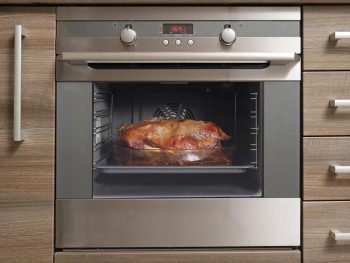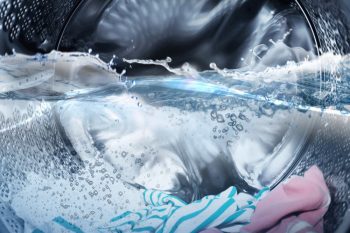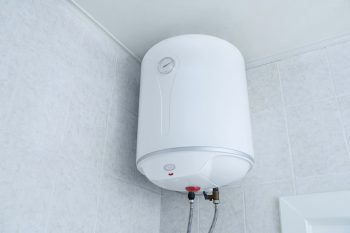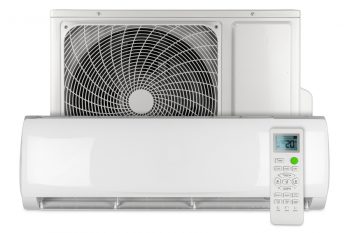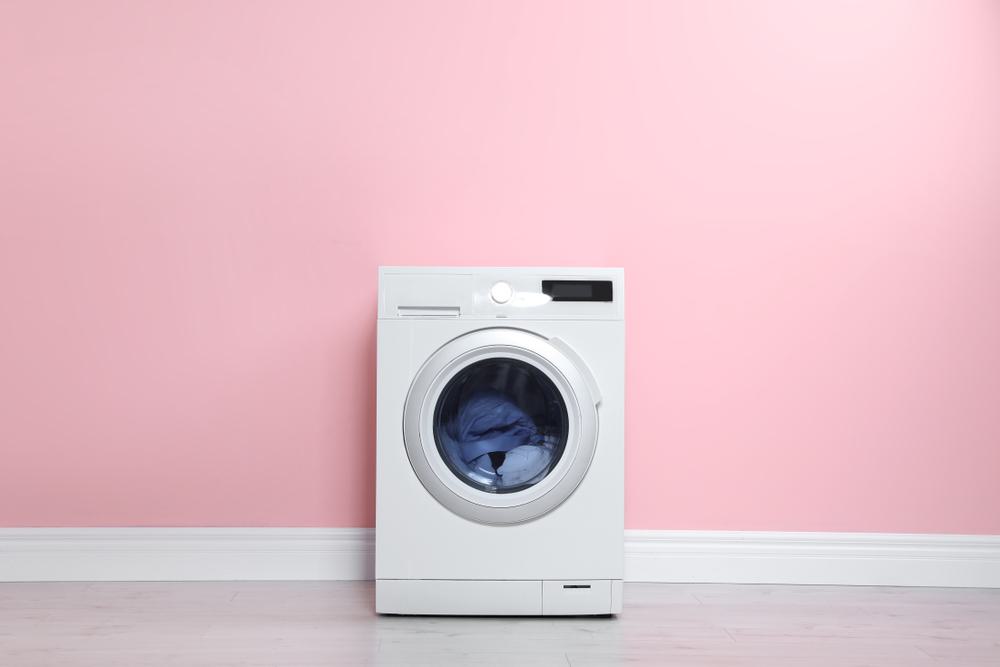
Knowing the location of your washing machine drain is crucial for proper installation and maintenance of your appliance. It’s also essential for troubleshooting and resolving common drainage issues. In this comprehensive guide, we will walk you through everything you need to know about your washing machine drain, including its location, function, common problems, and maintenance tips.
The drain on a typical washing machine is located at the back of the appliance and is connected to a drain hose. This hose is usually connected to a vertical drain pipe, a standpipe, or hung over a slop sink. To identify the drain, you need to locate the drain hose, which is typically a flexible, corrugated tube found on the back of the washer.
What is the function of a washing machine drain?
The primary function of a washing machine drain is to remove water from the tub during the spin cycle. The washer pump forces water from the bottom of the appliance into the drain hose, which loops to the top of the machine and then down to the drain. This process ensures that the clothes are not soaking wet when the washing cycle is complete, making it easier to dry them afterward.
Where is the drain located on a washing machine?
The drain on a typical washing machine is located at the back of the appliance and is connected to a drain hose. This hose is usually connected to a dedicated vertical drain pipe or hung over a slop sink. The washing machine drain hose can also be connected to a standpipe, which may be located next to the washer or installed in the wall. The top of the drainpipe, standpipe, or laundry tub should be at a certain height, typically between 18 and 30 inches from the floor, to ensure proper drainage.
Identifying a Washing Machine Drain
To identify the drain of a washing machine, you need to locate the drain hose. The drain hose is typically found on the back of the washer, along with two separate hoses for both cold and hot water supply. The drain hose is usually a flexible, corrugated tube that connects the washing machine to a drain pipe or a standpipe, which leads the water out of your house.
Common Issues Associated with Washing Machine Drains
Washing machine drains can have various problems, including blocked drain pipes, clogged or jammed drain hoses, faulty washing machine pumps, traditional drain clogs, broken water pumps or drive belts, and faulty water level control. To resolve these issues, you may need to manually clear debris from the laundry drain, check the drain hose for clogs, inspect the washing machine pump, or consult a professional for repair or replacement of faulty components.
Maintaining and Cleaning a Washing Machine Drain
Regular cleaning and maintenance can help prevent many common issues associated with washing machine drains. It’s crucial to clean your drain periodically to prevent clogs and ensure proper drainage. After cleaning the drain pipe, reattach it to the washing machine tightly and run an empty cycle to make sure the drain is working properly.
Precautions While Dealing with a Washing Machine Drain
When dealing with a washing machine drain, it’s essential to take certain precautions. Ensure the drain size is appropriate, avoid harmful chemicals, clean the drain regularly, be cautious with hot water, consult the manual, and prepare for potential mess.
In conclusion, the washing machine drain plays a pivotal role in the functionality of your appliance. Understanding its location and how it works can save you from potential issues and costly repairs. Whether you’re installing a new machine or maintaining an existing one, it’s always helpful to know where your washing machine drain is.
Frequently Asked Questions
How often should I clean my washing machine drain?
It’s recommended to clean your washing machine drain at least once a year. However, if you notice any signs of slow drainage, such as water pooling in the tub after a cycle, you may need to clean it more frequently.
What should I do if my washing machine drain is overflowing?
If your washing machine drain is overflowing, it’s likely due to a clog in the drain pipe or hose. You can try to remove the blockage using a plumber’s snake, but if the problem persists, it’s best to consult a professional plumber.
Can I use a drain cleaner to unclog my washing machine drain?
While drain cleaners can be effective in removing clogs, they can also be harmful to your washing machine and the environment. It’s generally better to use a plumber’s snake or a hand auger to remove blockages in your washing machine drain.
How do I know if my washing machine pump is faulty?
Common signs of a faulty washing machine pump include water not draining properly, strange noises during the drain cycle, and water leaking from the bottom of the machine. If you suspect a faulty pump, it’s best to consult a professional for diagnosis and repair.
What precautions should I take when installing a new washing machine drain?
When installing a new washing machine drain, ensure that the drain hose is properly secured and that it loops to the top of the machine before going down to the drain. This prevents water from siphoning back into the machine. Also, make sure the drain pipe or standpipe is at the correct height (typically between 18 and 30 inches from the floor) to ensure proper drainage.


